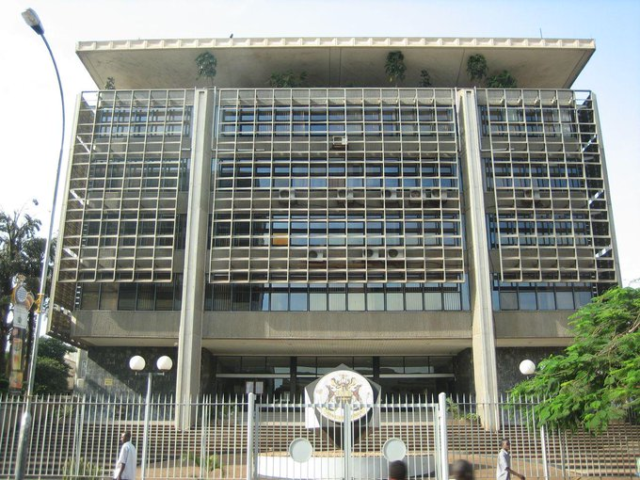
Uganda’s central bank cut its main lending rate on Tuesday for the first time in more than two years, saying it aimed to boost economic growth after inflation fell faster than expected.
The cut in the Central Bank Rate (CBR) to 9.5% from 10.0% came after inflation fell to 3.9% year-on-year in July, down from 10.4% in January and below the bank’s 5% target.
Uganda’s economy has fared better than many of its African peers in the face of tightening global financial conditions, helped by favourable weather and improved harvests, but the central bank said on Tuesday that growth seemed to be slowing down partly due to weak demand.
“Economic activity remaining below capacity over the next two years will exert further downward pressure on inflation,” Bank of Uganda Deputy Governor Michael Atingi-Ego said at a news conference.
“In light of this outlook the MPC (Monetary Policy Committee) decided to lower the CBR to 9.5%, aiming to stimulate economic activity while maintaining inflation around the target.”
The deputy governor linked the inflation slowdown to a drop in food and energy inflation, and tight monetary and fiscal policy among other factors.
Razia Khan, chief economist for Africa and the Middle East at Standard Chartered (OTC:SCBFF), said the Bank of Uganda was typically an early mover on rate hikes, “which gives it more space to ease when conditions allow.”
The central bank’s latest forecast is for economic growth of 5.3% in the 2022/23 fiscal year that ended in June, and for growth of between 5-6% in the current 2023/24.
“Private consumption, investments in extractive industries, and improved exports are anticipated to drive this (2023/24 growth),” Atingi-Ego said.
Uganda and international oil firms like France’s TotalEnergies and China’s CNOOC (NYSE:CEO) are implementing multi-billion dollar projects ahead of the planned start of commercial oil production in Uganda in 2025.






